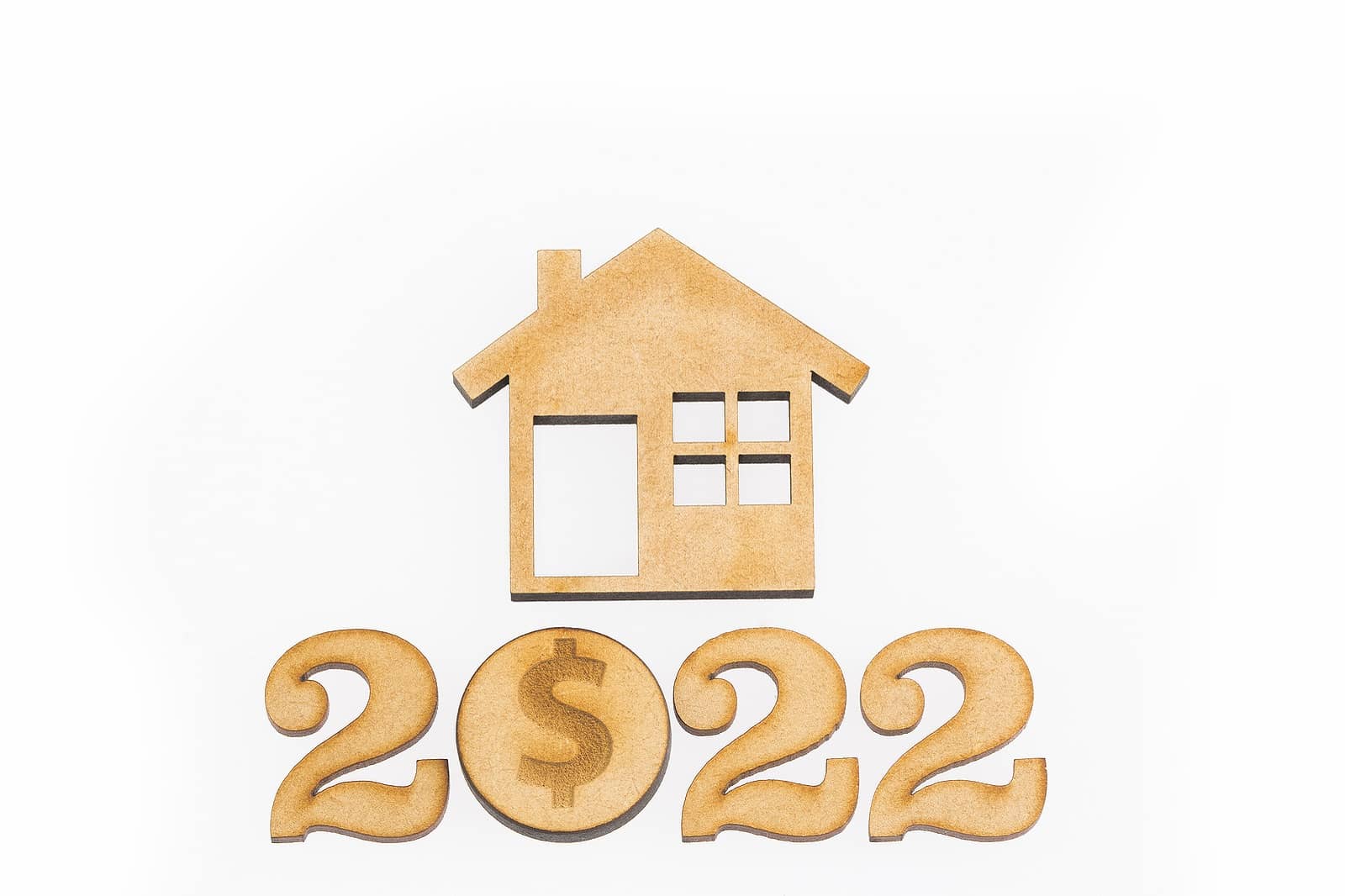Garbage trucks at dawn, dumpsters clanging late at night, the grinding roar of recycling machines—these sounds are part of modern urban life, but they’re also a growing concern. As cities expand and environmental services operate around the clock, noise pollution from waste management systems is becoming harder to ignore. Residents complain of sleepless nights and disrupted routines. Municipalities field complaints. And industry operators find themselves walking a fine line between efficient service and community satisfaction. Fortunately, there’s a growing field of innovation aimed directly at this challenge: waste and recycling noise control solutions.
Noise Pollution Is More Than a Nuisance
While many people think of noise as a minor inconvenience, research suggests otherwise. Chronic exposure to excessive noise, especially at night, is linked to increased stress, sleep disturbances, cardiovascular issues, and decreased overall quality of life. In neighborhoods near transfer stations, recycling plants, or high-traffic waste pickup zones, residents often describe the soundscape as relentless and invasive.
Municipalities are under increasing pressure to balance environmental priorities—like increasing recycling rates and expanding composting—with livability. That means investing in strategies that reduce operational noise while maintaining service efficiency.
What Makes Waste Management So Noisy?
To understand how to solve the noise problem, it helps to know where the sound is coming from. Noise in waste and recycling operations typically comes from three main sources: collection vehicles, processing equipment, and containers or bins.
Garbage and recycling trucks create noise through diesel engines, hydraulic lifts, mechanical compactors, and, of course, the physical act of emptying bins. Recycling facilities add their own symphony of sound: conveyor belts, crushers, shredders, and balers all contribute to a decibel level that can exceed legal limits if unaddressed.
Even stationary elements like dumpsters can be surprisingly loud when lids slam shut or bins are dragged across pavement. When combined, these noises can echo through residential streets or industrial zones, sometimes early in the morning or late at night when ambient noise is otherwise low.
Engineering a Quieter Industry
This is where modern waste and recycling noise control solutions come into play. These solutions span everything from vehicle retrofits to architectural soundproofing. On the vehicle side, fleets are being upgraded with quieter electric engines and automated lift systems that reduce metal-on-metal clanging. Rubber bumpers on bin lifts, quieter backup alarms with variable volume, and sound-absorbing panels installed inside truck bodies are also making a difference.
Facilities are another area of focus. Acoustic enclosures and barriers are being built around particularly loud machinery. These structures absorb and deflect sound, keeping it from spilling into surrounding areas. Additionally, noise-dampening materials are being used in construction to line walls, ceilings, and floors, especially in high-decibel zones like glass sorting or metal shredding lines.
Even bin and dumpster design is evolving. Some manufacturers now offer containers with soft-close lids, padded sides, or wheels designed to minimize rattling. These may seem like small details, but when multiplied across a city, the reduction in noise can be significant.
Policy and Regulation
Governments are starting to take action too. In some areas, regulations dictate acceptable noise levels for waste operations, particularly during nighttime hours. Zoning laws and conditional permits now increasingly factor in acoustic design, forcing companies to address noise pollution as part of the planning process.
Public-private partnerships are also gaining traction. Municipalities are teaming up with waste haulers and facility operators to implement noise audits, fund soundproofing upgrades, and coordinate service times that minimize neighborhood disruptions.
But the most forward-thinking organizations don’t wait for mandates. They treat sound reduction as part of good community relations and sustainable business practice.
Technology Adds a New Layer of Insight
Smart technology is changing the game for noise control too. Sound-monitoring sensors placed around facilities or in neighborhoods can collect real-time data on noise levels. This allows operators to pinpoint the loudest times, equipment, or locations, and take targeted action.
Some systems integrate with AI to automatically adjust equipment behavior based on noise readings. For instance, a baler might slow its operation if decibel levels creep above a certain threshold, or trucks might alter their route timing to avoid running through quiet zones during sensitive hours.
Drones and remote monitoring tools are also being explored for regular acoustic audits. These give a birds-eye view of sound dispersion, helping engineers design more effective sound barriers and operational workflows.
Why Sound Matters in a Sustainable Future
As communities become more environmentally conscious, waste and recycling programs are expanding. Composting is growing. E-waste recycling is rising. Single-stream collection is the norm in many cities. All of these developments are good for the planet, but they also come with new operational challenges—including noise.
This is why waste and recycling noise control solutions matter. They bridge the gap between environmental responsibility and quality of life. It’s not enough to recycle more. We need to do it in a way that’s harmonious with the people who live nearby.
Quiet operations are also safer. Workers exposed to constant noise are at greater risk of hearing loss, fatigue, and communication breakdowns on the job. Controlling sound isn’t just courteous—it’s part of responsible workforce management.
Looking Ahead
There’s no silver bullet when it comes to noise reduction in waste services. It’s a layered approach that combines better equipment, smarter design, thoughtful scheduling, and community engagement. But the good news is, it’s working.
Cities that invest in comprehensive noise control strategies are seeing fewer complaints and higher satisfaction rates. Neighborhoods are sleeping more soundly. And operators are discovering that quieter doesn’t have to mean slower or more expensive.
In fact, many of the most effective solutions pay for themselves over time in reduced wear and tear, improved efficiency, and stronger community goodwill. As more attention is paid to the “sound” side of sustainability, waste and recycling operations will evolve not just to be greener, but quieter too.




